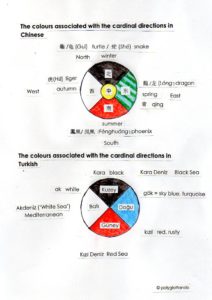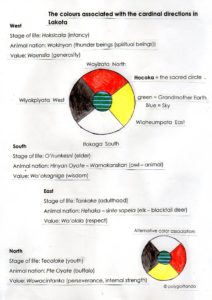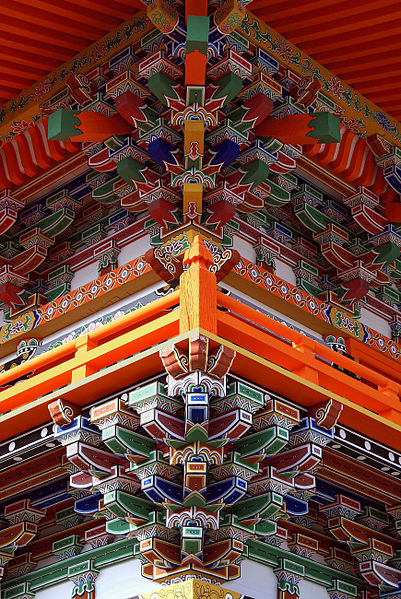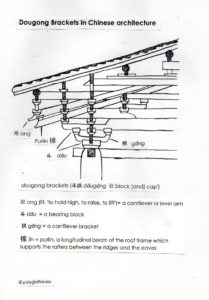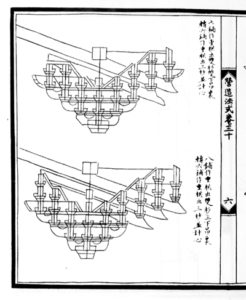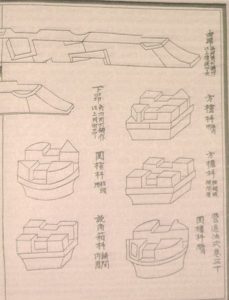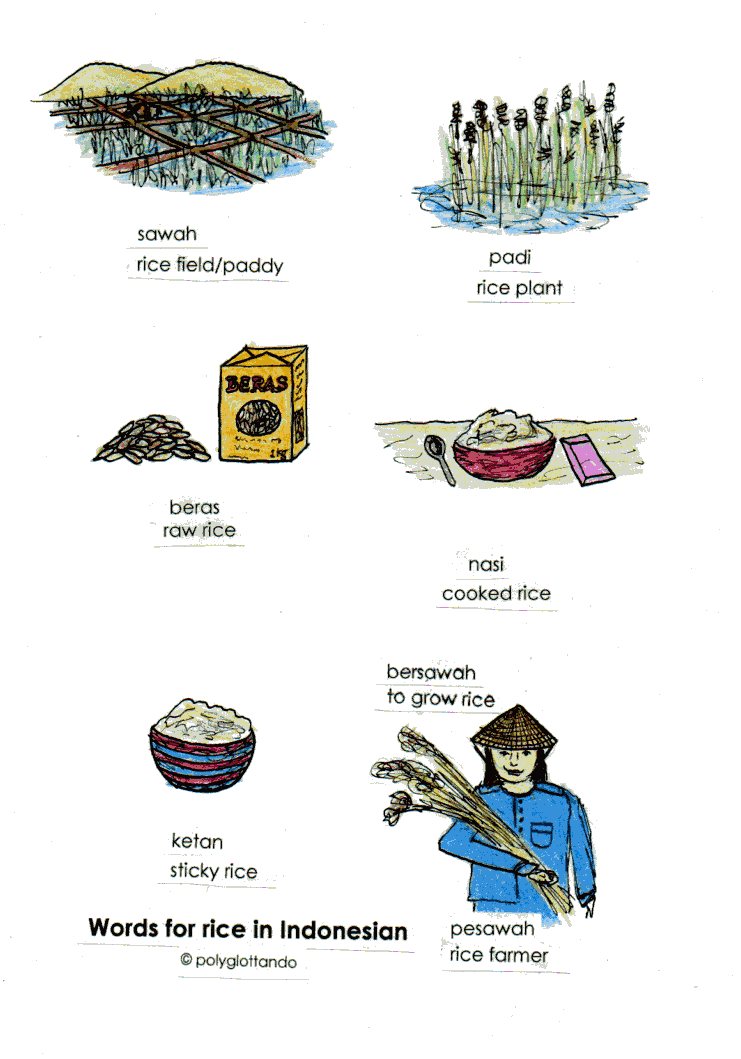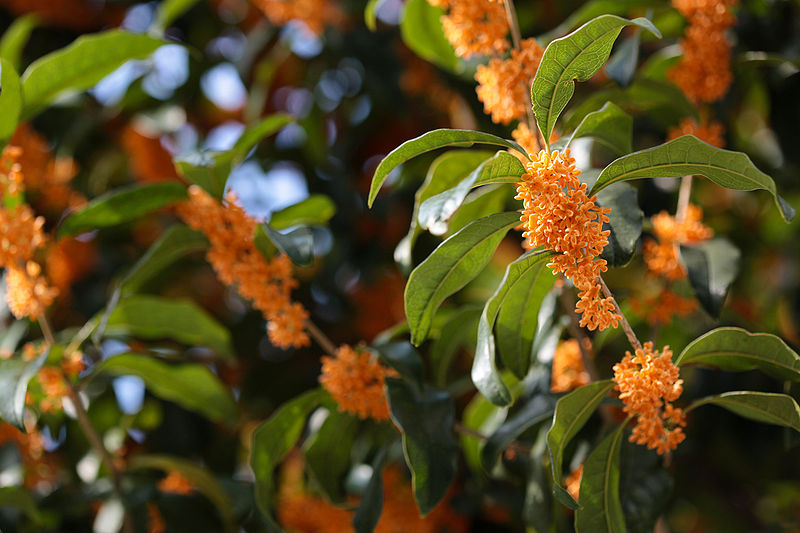Today’s blog post will take us to Asia and America, namely to Chinese, Turkish and the Native American Lakota language. All three languages and cultures associate different colours with the four cardinal directions.
Colours associated with the cardinal directions in Chinese
In China, each of the 4 cardinal directions is associated with a colour, as well as an animal and a season. The centre is yellow and is associated with the human realm. The North is associated with the colour black, as well as winter and a turtle 龜 Guī or snake. The South is thought of as red, and its associated animal is the phoenix 凤凰 Fènghuáng and the summer season. The East is associated with the Chinese colour qing 青, which denotes green as well as blue. (See a previous blog post on colour perception in different languages). Its animal is the dragon 龍 lóng and its season is spring. The West is white, and its animal is the tiger 虎 Hǔ and the season of autumn.
Colours associated with the cardinal directions in Turkish
Also the Turkish language associates different colours with the four directions. The North is thought of as black (kara), the East is associated with the Turkish colour gök, which is a sky blue or turquoise, the South is seen as red (kızıl, a rusty shade of red) and the West is associated with the colour white (ak). What is interesting in Turkish is that the seas surrounding the Turkish peninsula and Anatolia take their names from these colour associations: the Mediterranean, which is west of Turkey, is called Akdeniz, or the White Sea, the Red Sea is Kızıl Deniz, and is located to the south of Turkey (its name is said to come from the rust-coloured sediments flowing into it) and the Black Sea, or Kara Deniz, is north of Anatolia (the Black Sea is also rich in iron sulfides, where only sulphur bacteria can thrive, and its sediments are dark).
Colours associated with the cardinal directions in Lakota
The Native American language Lakota associates not just a different colour with each of the cardinal directions, but each direction also has a value or virtue attributed to it as well as an animal nation, and a stage of life. There are two different systems of colour association, which vary from dialect to dialect. The centre of the sacred circle, or hocoka, is green and blue, the green standing for Grandmother Earth and the blue for the Sky. The North is associated with cold, discomfort and hardship (the direction from which winter comes), the East is associated with the sunrise, the South is the direction from which the sun is strongest, and the West is associated with the sunset and, by extension, the end of life.

